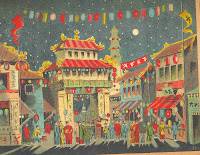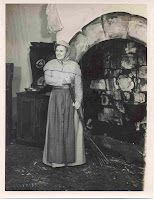The beautiful yet rebellious Carrie Moore was one of Australia's most successful Edwardian actresses. She was born in Geelong Victoria in 1882.
Carrie started as a child star with J C Williamson, she was 13 years old and had a role in a pantomime. She was a leading lady at age 16 and for her 21st birthday, she received a contract with George Edwardes in London.

Above is a picture of Carrie in costume for an Australian production.
So at the age of 21 Carrie went to London to work for George Edwardes, the most famous theatrical manager in England.
She performed in the Cingalee for Edwardes and reportedly argued with him about wearing white make up . "Have you ever seen a white Cingalee?" She asked Below is Carrie in the Cingalee.
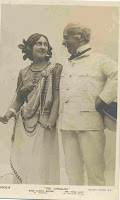
Her most famous role in London was as a Sandow Girl in the original London production of the Dairymaids. She gave a very scandalous interview speaking against corsets. As a Sandow girl she wore little more than drapery as you can see below.

She returned to Australia in 1908 and was Australia's first Merry Widow.( picture below.)
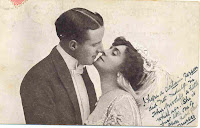
She then eloped with an bigamous Englishman, whilst being engaged to another one who was conveniently in England.
Carrie was bold and adventurous and was one of the few stars who performed in legitimate theatre, vaudeville, TV, radio and movies. She had a lovely soprano voice, but it was her charismatic presence that made her a star.
I've long been fascinated by Carrie and wrote a
small book about her.
She died in Sydney in 1956 after living an incredible life.











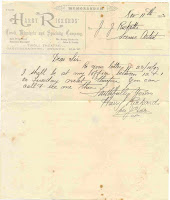
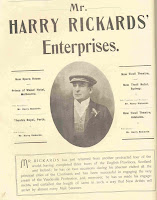 Finally, below is a 19th Century postcard of the New Opera House in Melbourne. It was later called the Tivoli and was run by Rickards. A shopping mall now stands on the site.
Finally, below is a 19th Century postcard of the New Opera House in Melbourne. It was later called the Tivoli and was run by Rickards. A shopping mall now stands on the site.

